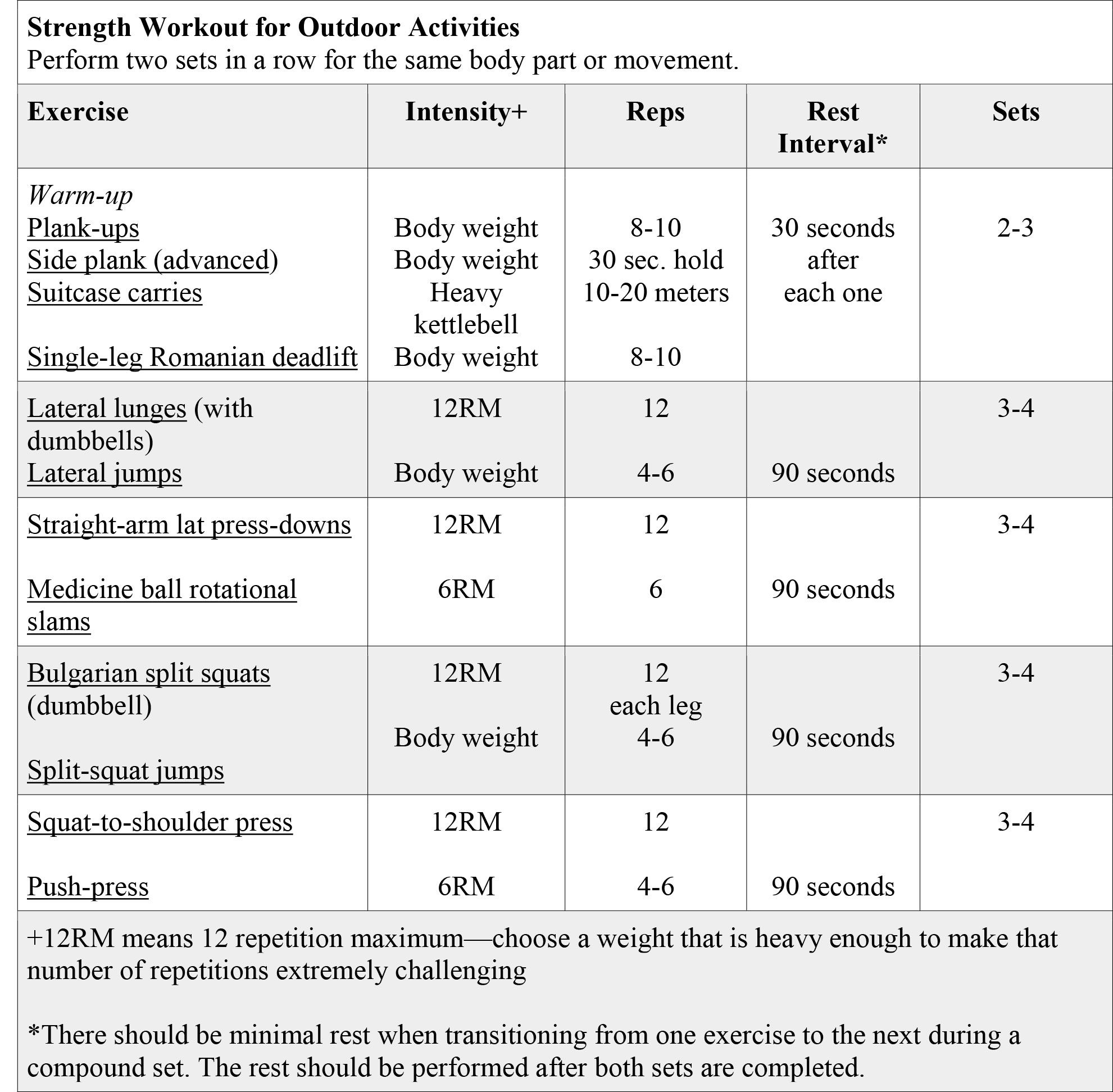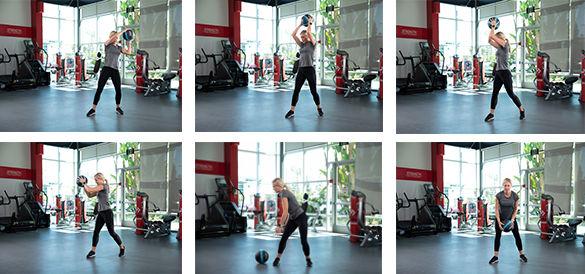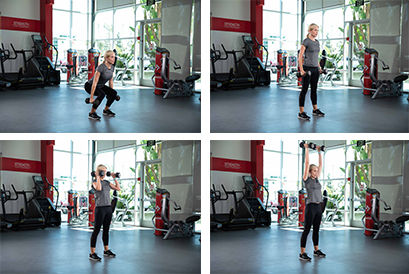Winter is coming. No, this is not a reference to HBO’s hit show Game of Thrones, but is a simple reality of the calendar. It may seem like we were just sweating under the oppressive heat of summer, but soon we will be bundling up against winter’s chill. As the hearty folks who thrive in cold weather locations are kind enough to point out, it’s not the weather—it’s the gear. In other words, if you are properly outfitted with the appropriate clothing, you can enjoy your favorite outdoor activities no matter the current weather conditions.
If you have clients who thrive in cold weather and enjoy outdoor activities during winter, you want to help them get in shape now so they can be ready to have fun once the snow begins to fall. According to the SAID (specific adaptations to imposed demands) principle of exercise program design, the exercises in a workout program should be relevant to the desired outcome of the program. For winter sports, it is important to develop the specific strength and coordination required to maintain stability on unstable surfaces such as steep, snowy hills and ice. In addition, a lot of winter sports require the legs to maintain stability and control while moving at a high rate of speed. Because it can take at least four to six weeks for the body to adapt to an exercise program, the sooner your clients begin to specifically prepare for winter sports, the sooner they will be able to get outside and enjoy their favorite cold-weather activities.
The following program is designed for general strength and conditioning to help your clients develop general conditioning for their favorite cold-weather outdoor activities. Many winter activities require strength to sustain physical work and power for explosive muscle actions like skiing moguls, jumping on a snowboard or sprinting on skates during a hockey game. Therefore, this workout features compound sets: performing two exercises in a row for the same body part or movement pattern; the first exercise focuses on strength, the second on power. Performing a strength exercise followed by an explosive exercise can help develop specific strength and power for your clients’ favorite outdoor activities.
Perform this workout two to three days a week, allowing at least one full day of recovery between workouts. It’s important to remember that outdoor winter activities require extra strength to work against the resistance of the snow, so encourage your clients to add some indoor cycling classes to their workout schedules. Also, it’s important to take the proper preparations for staying warm if they are planning to exercise out in the elements. Many of us are familiar with the requirements to stay properly hydrated when exercising outside in hot weather, but proper hydration is important for outdoor exercise in cold weather, too. The body has to work harder to maintain normal body temperature while exercising in the cold, so it is necessary to follow the same hydration guidelines as one would during hot weather months.

Exercise Demonstrations:
Lateral Lunges
Lateral jumps
Straight-arm lat press-downs
Medicine ball rotational slams
Split-squat jumps
Squat-to-shoulder press




 by
by 







